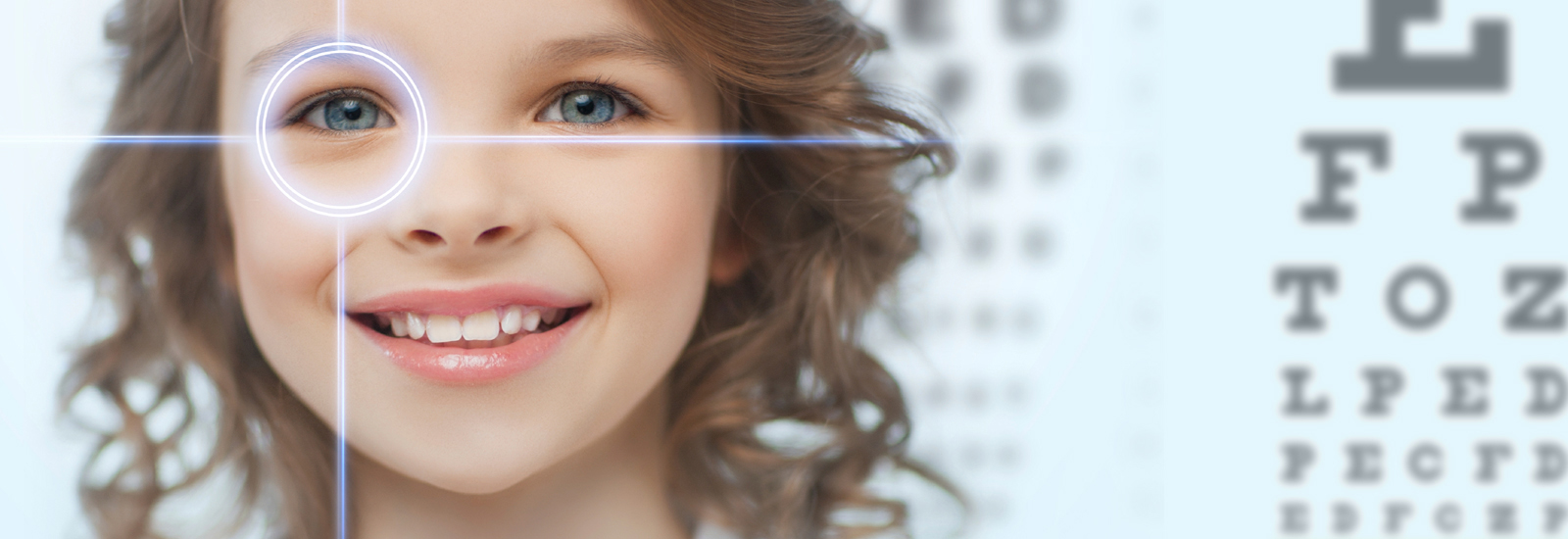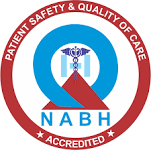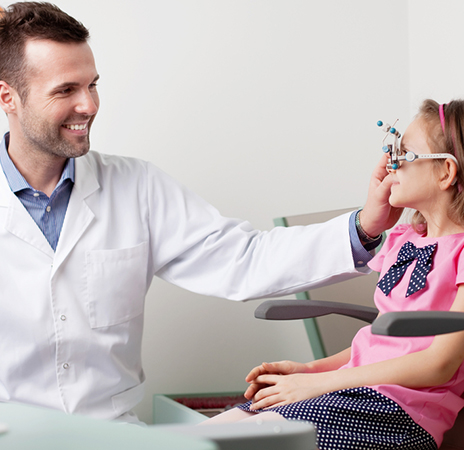Deals with eye problems in children. Children may not complain if they do not see out of one or both eyes. Sometimes the only clue may be poor performance in school as well viewing the blackboard at a very close distance. Hence all children need regular eye checkups at the time of starting school and right through their school years. Of the many eye problems in children, the most important are refractive errors, squint and amblyopia. Adult patients suffering from squint and double vision are also examined and treated effectively.



